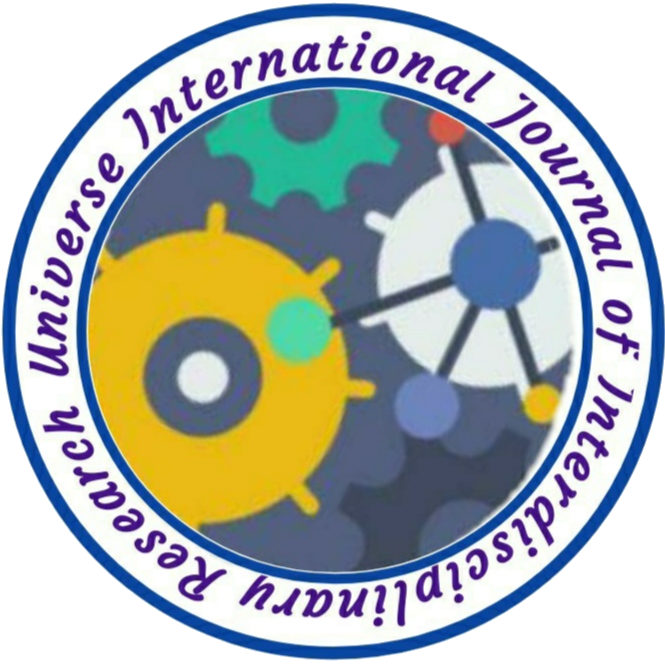CARDIOMYOCYTES MATURATION: CELLULAR AND MOLECULAR MECHANISMS INVOLVED IN CARDIOMYOCYTES MATURATION
Author Name: Miss. Rabia Hayat
Volume/Issue: 02/09
Country: China
DOI NO.: 08.2020-25662434 DOI Link: https://www.doi-ds.org/doilink/03.2022-99726653/UIJIR
Affiliation:
PhD Scholar, Institute of Evolution and Marine biodiversity, Ocean university of China, Qingdao, China
ABSTRACT
The heart is one of the first organs to be formed in the embryo, underscoring its vital function in supplying oxygen and nutrients to the various tissues of the organism both during development and later in life. The cardiomyocytes within the heart must contract in unison to provide an effective pumping action that ensures adequate blood flow to the various organs and tissues. The critical role of cardiomyocytes in ensuring proper cardiac function persists throughout life. In vitro models suggest that cardiomyocyte development goes through two phases: Initiation and Maturation. In the last decade, remarkable progress has been made in controlling the differentiation of human pluripotent stem cells (hPSCs). Cardiomyocytes can be generated in vitro from stem cells with high throughput and purity to a clinically relevant extent, although their differentiation status resembles an embryonic state. Building on these successes, the next challenge is to understand and control cell maturation. This review describes recent approaches to generate mature hPSC-CMs, including their scientific basis, advantages, and limitations. The structural and functional properties of cardiomyocytes and current approaches to maturation of PSC cardiomyocytes are highlighted in this review. Future advances will result from the identification of developmental factors for maturation and their use to generate more mature cardiomyocytes for research and regenerative medicine.
Key words: Cardiomyocytes (CMs), human pluripotent stem cells (hPSC), human induced pluripotent stem cells (hiPSCs), Cellular maturation.

No comment